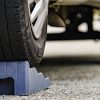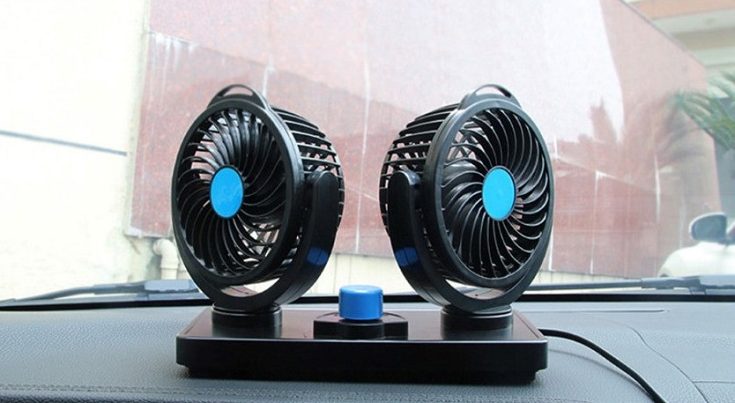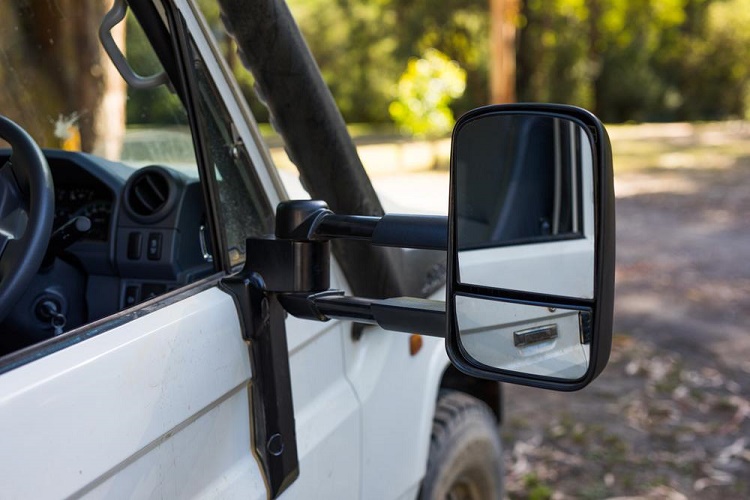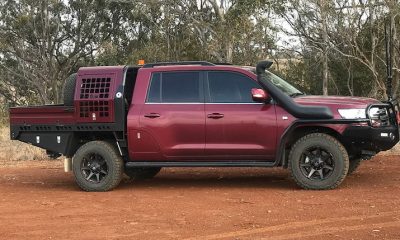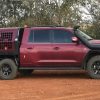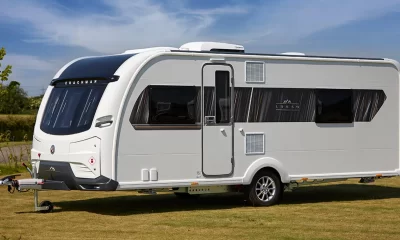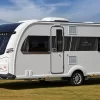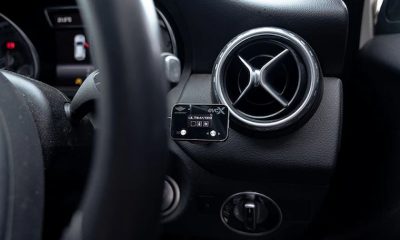Automotive
A Guide to Automotive 12V Switches: Understanding the Basics and the Different Types of Switches
Switches are found in every 12V electrical system, no matter whether they’re in the form of push-buttons, toggles, rockers or disconnect. They can perform a wide range of tasks – from turning on lights to moderating essential systems. In order to understand the basics of switches, you should first get a grasp of the circuitry found inside them, and then learn how to spot the differences between the different types of switches available. If you think it’s complicated and you’ll never get it right, you couldn’t be more wrong! Just read through this crash course and you can find aftermarket or OEM style switches suitable for your specific vehicle.
DPDT and SPST
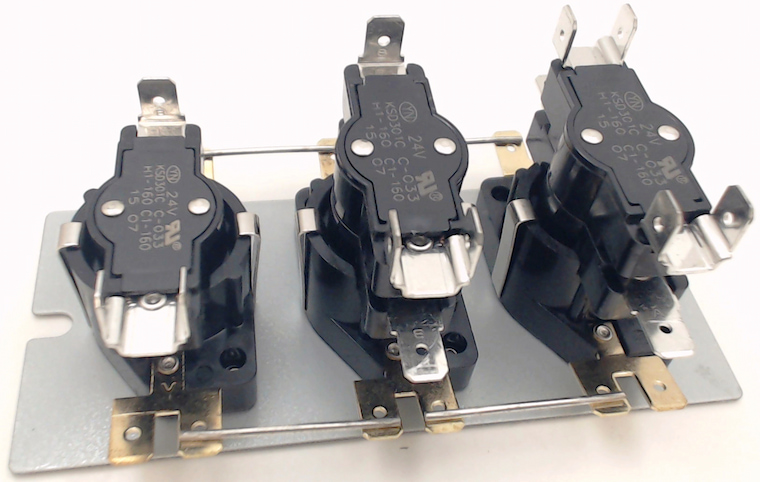
These acronyms express the number of poles and throws of the switch. The S stands for single, whereas the D stands for double switches. The T represents the throws of the switch, which is one of its key characteristics. The P represents the number of circuits the switch can control, whereas the throws represent the number of positions the switch can close the circuit.
That being said, single pole switches are only capable of controlling one electrical circuit, whereas double pole switches can control two and operate as two identical switches that are mechanically linked. Triple pole switches can control three electrical circuits. In most car applications, you won’t find switches with more than three poles.
Furthermore, single throw switches can only close the circuit at one position, whereas double throw switches can close it in both up and down positions. Double throw switches can also feature a centre position, which is typically configured as on-off-on.
The two most popular configurations are single pole single throw (SPST), which is commonly known as the on/off switch we use on a daily basis, and double pole double throw (DPDT) which enables the use of tandem circuits.
Momentary and Maintained
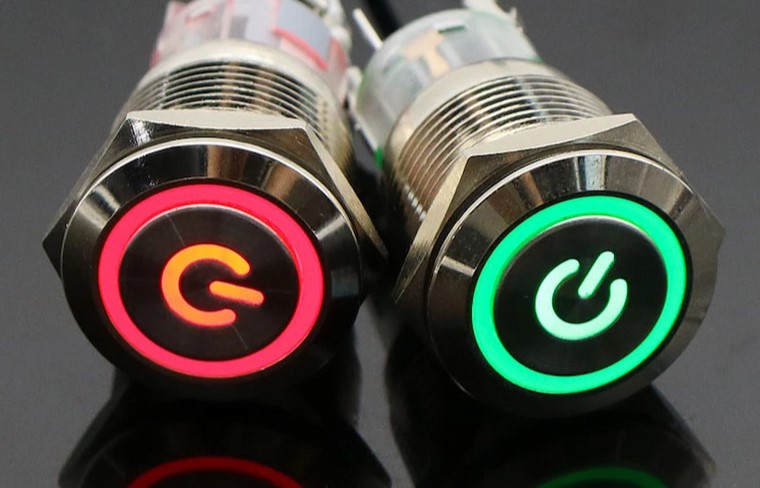
Another important consideration is how the switch is activated. Momentary switches are only active when they’re engaged by the driver. Maintained switches, on the other hand, stay in the position they’re set in, until someone flips them back. Momentary switches are generally used as engine starters, winch controls and other applications where you don’t want the switch to be accidentally left on. An instance from everyday life would be a door switch, which is activated as long as it’s pressed.
So how do you know what type of switch features what type of mechanism? All you have to do is pay attention to the text on the switch. Momentary switches feature a setting noted in parentheses, such as ON. Maintained switches are simply marked ON.
Types of 12V Electrical Switches
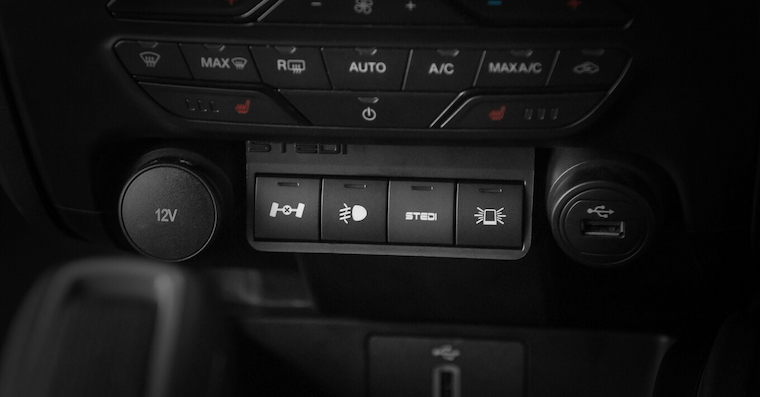
No matter whether aftermarket or OEM style switches, switches are separated into a few basic categories:
First are the rocker switches, which are used in a wide range of mechanical applications for machinery, automotive and industrial use. They are typically illuminated to indicate their status, making them great for dashboard applications, such as lights and auxiliary purposes. They’re also suitable for forward-reverse applications.
Toggle switches are another type of switch, manually activated by a lever mechanism. While the basic light function is their most common use, they can be used in almost any commercial vehicle application.
Push-button switches can be operated with a simple push. Horns are a popular example of push-button switches, and door jambs are another. Momentary push-button switches, however, feature an exposed button that’s raised further off the panel than where the switch is mounted. They’re typically used in the most important functions in machines, like start and stop.
Rotary switches are operated by rotation and used when several positions are required. They’re ideal for on/off highway, testing and marine equipment, as well as forward and reverse operations.
Disconnect switches reduce the electrical load that goes from the battery to the other parts of the system. They’re typically used for safety, as well as to avoid battery drain when the vehicle is idle for longer. Some disconnect switches come with extra features such as detachable keys and handles and lock-out/tag-outs.
Lastly, ignition switches provide reliable circuit control for the vehicle ignition. These switches are designed to withstand harsh environments and for universal applications. Moreover, they come in a wide range of configurations, such as sealed or unsealed, keys or levers, and plastic or metal housing.
The Final Word
Switches can play an important role in the capabilities of your vehicle’s 12V system. They can be used for a wide range of purposes and are available in many different styles, so no matter what your preferences are, you’ll probably find a suitable switch. However, keep in mind that switches can differ in terms of characteristics, and choosing a switch with the right characteristics and features is of utmost importance. You can shop for aftermarket and OEM style switches online, where you’ll find all types of combinations, including the one that suits your needs best.



